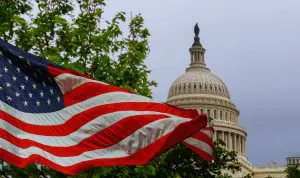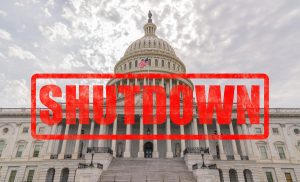When managing accounting for your government’s capital assets, a common question arises: Should capital assets with an individual value below your capitalization threshold be capitalized when the purchase is acquired as part of a larger purchase? Understanding the rules around this may surprise you and improve your understanding of your governments financial picture.
Why Capitalization Matters
Right now, as our June 30 year-end government clients are getting audit ready, the question about capitalizing groups of assets has been coming more often. With the rising cost of capital outlays, purchases that were below the capitalization thresholds a few years ago, are now well above the capitalization thresholds for many governments. The decision to evaluate capitalization thresholds seems to be coming up more often as a likely result. However, when considering many capital assets that were purchased in bulk, such as office furniture, computers, or small equipment, the capitalization threshold didn’t come into play at an individual but probably did when those items were purchased in bulk. For example, if a government with 500 employees follows a 5-year rotation for deploying new computers, and each computer costs approximately $1,500, the annual cost of the computers would total $150,000.
Historically, whether to apply capitalization thresholds to individual or group of assets has been a matter of policy discretion, though most policies did not clearly address the situation. Fortunately, GASB clarified this issue.
GASB Guidelines
In GASB Implementation Guide 2015-1, Question 7.9.8, GASB stated, “it may be appropriate for a government to establish a policy that would require capitalization of certain types of assets……that may not meet the capitalization policy on an individual basis yet might be considered material collectively.”
This offered some clarity but did not provide definitive direction for governments to determine what was appropriate in practice.
However, in 2021, GASB updated its guidance with Implementation Guide 2021-1, amending previous stance. The updated guidance specifies that a “a government should capitalize assets whose individual acquisition costs are less than the threshold for an individual asset if those assets in the aggregate are significant.” For example, if $150,000 is a significant amount to the government, then the group of computers mentioned earlier should be capitalized.
The bulk purchase of computers is just one example of when capitalizing grouped assets is appropriate. Other examples might include:
- Office equipment: Bulk purchases of desks and chairs
- IT Infrastructure: Purchases of multiple routers, servers, or equipment.
For any of these purchases, it’s essential to evaluate whether the total cost of the group would be considered significant for your financial reporting.
| GASB 2015-1 | GASB 2021-1 |
| Capitalization of grouped assets was left to policy discretion. | Governments should capitalize grouped assets if their aggregate value is significant. |
How to Determine Significance
Now what does this mean for your government? You can capitalize assets that individually fall below your capitalization threshold, but you’ll need a method to measure significance.
When determining significance, consider how the transaction impacts the users of the financial statements. If a group of assets is large enough to influence financial decisions, it should be capitalized. A good rule of thumb is to ask: Would excluding these grouped asses from the balance sheet materially misrepresent the government’s financial position?
In most cases, groups of assets that are insignificant on their own are unlikely to collectively be significant enough to impact decision-making, but this is something that management must carefully evaluate. To ensure compliance with GASB guidelines, it’s important to review your government’s asset purchase patterns and set clear guidelines for grouping assets.
For instance, if your government purchases 100 new computers at $1,200 each, individually these assets fall below your $5,000 capitalization threshold. However, is the total cost of $120,000 deemed to be significant for your government? Management needs to determine if not capitalizing $120,000 would materially impact the government’s financial statements. It may also be worth considering whether updating the capital asset policy to require capitalization of groups of commonly purchased items over a specific amount. This would prevent subjective decision-making and ensure consistent application of the policy.
Other Resources
If you missed the larger conversation on capital assets during the Capital Assets Crash Course webinar hosted by Noah Daniels and James Butera, check out their articles on our website:
- Capital Assets Crash Course: Handbook for Local Government Finance by Noah Daniels, CPA, CPFO
- Capital Assets in Action: A Crash Course with Examples for Audit Prep by James Butera, CPA, MBA




